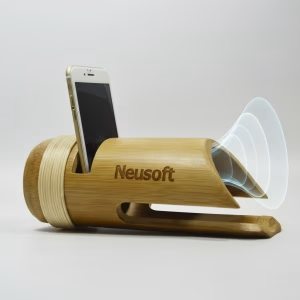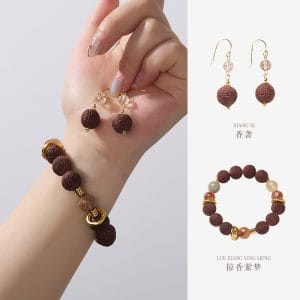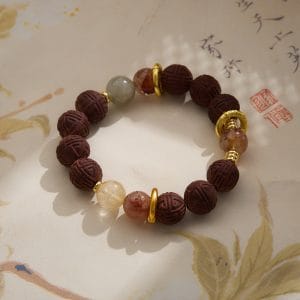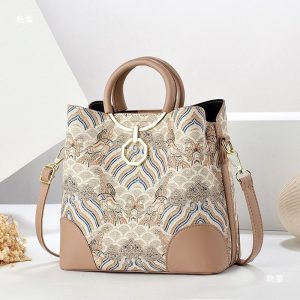Background
Chinese lanterns have long been symbols of celebration, hope, and cultural identity, their soft glow illuminating festivals, weddings, and family gatherings for centuries. Traditionally crafted from silk, paper, or bamboo, these lanterns carry with them stories of artistry and communal joy. Yet, in our modern era of heightened environmental awareness, a new iteration has emerged: the upcycled Chinese lantern. This innovative approach not only preserves the aesthetic and symbolic richness of traditional lanterns but also introduces a powerful narrative of sustainability, creativity, and resourcefulness.

Why It Matters
The process of creating an upcycled Chinese lantern begins with materials that might otherwise be destined for landfills. Discarded items such as plastic bottles, old fabric scraps, used paper, and even broken household objects are carefully selected and transformed. Artists and DIY enthusiasts wash, cut, and reshape these materials, often incorporating elements like wire from old electronics or beads from broken jewelry. This method not only reduces waste but also infuses each lantern with a unique history, making every piece one-of-a-kind. The transformation from trash to treasure is both a practical and philosophical journey, highlighting how beauty can be found in the most unexpected places.
According to a recent study by the Global Upcycling Initiative (2023), upcycled products, including decorative items like lanterns, can reduce household waste by up to 30% when adopted widely. The research emphasizes that creative reuse not only conserves resources but also fosters a deeper emotional connection to objects, encouraging more mindful consumption patterns. This aligns perfectly with the ethos behind upcycled Chinese lanterns, where each creation tells a story of renewal and respect for the environment.
Beyond their environmental benefits, upcycled Chinese lanterns serve as a bridge between generations and cultures. Younger artisans often use this medium to explore their heritage in a contemporary context, blending traditional motifs with modern materials. For instance, a lantern made from repurposed red fabric might echo the vibrant hues of classic festival lanterns, while its composition from discarded materials speaks to current eco-conscious values. This fusion makes the art form accessible and relevant, inviting people of all backgrounds to engage with Chinese cultural symbols in a way that feels fresh and purposeful.
Crafting an upcycled Chinese lantern also encourages community engagement and education. Workshops and online tutorials have proliferated, teaching participants not only how to make lanterns but also about the importance of waste reduction. These activities often become communal events, where stories are shared, skills are exchanged, and a collective sense of responsibility towards the planet is nurtured. The act of creating together strengthens social bonds while promoting sustainable practices, turning a simple craft project into a meaningful movement.
In terms of design, upcycled Chinese lanterns offer endless possibilities for innovation. Some artists experiment with light sources, incorporating LED lights powered by small solar panels from old gadgets, enhancing energy efficiency. Others play with textures and transparency, using materials like melted plastic or layered paper to create stunning visual effects when illuminated. This versatility ensures that upcycled lanterns can fit a variety of settings, from intimate home decor to large public installations, each radiating a message of creativity and conservation.
Ultimately, the rise of upcycled Chinese lanterns represents more than just a trend; it is a testament to human ingenuity and our ability to adapt traditions to meet contemporary challenges. By reimagining waste as a resource, we honor the past while building a more sustainable future. These lanterns do not merely light up spaces; they illuminate a path towards greater environmental stewardship and cultural continuity, proving that even the most ancient symbols can find new life through innovation and care.
You may also like
The Palace Museum Paper-Cut Light Art Fridge Magnets: Chinese Cultural Style Creative Gift Series
Price range: $27.00 through $36.00 Select options This product has multiple variants. The options may be chosen on the product pageBambooSoundBoost Portable Amplifier
Original price was: $96.00.$66.00Current price is: $66.00. Add to cartHandwoven Zhuang Brocade Tote Bag – Large-Capacity Boho Shoulder Bag
Original price was: $178.00.$154.00Current price is: $154.00. Add to cartAncient Craftsmanship & ICH Herbal Beads Bracelet with Yellow Citrine & Silver Filigree Cloud-Patterned Luck-Boosting Beads
Original price was: $128.00.$89.00Current price is: $89.00. Add to cartAncient Craft Herbal Scented Bead Bracelet with Gold Rutile Quartz, Paired with Sterling Silver (925) Hook Earrings
Original price was: $322.00.$198.00Current price is: $198.00. Add to cartGuangxi Zhuang Brocade Handmade Tote – Ethnic Boho Large-Capacity Shoulder Bag
Original price was: $172.00.$150.00Current price is: $150.00. Add to cart













